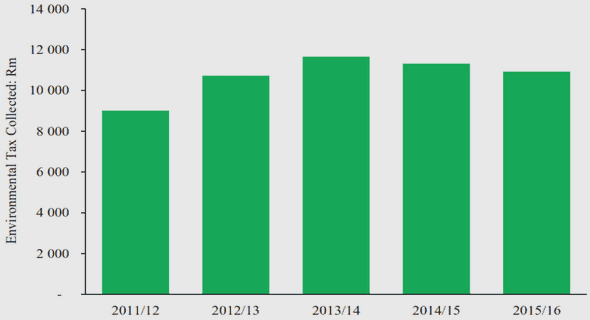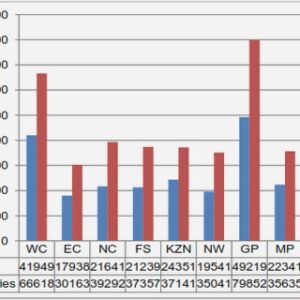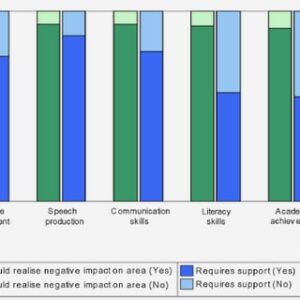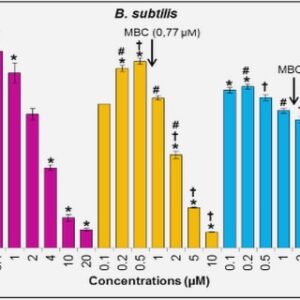(Downloads - 0)
For more info about our services contact : help@bestpfe.com
Table of contents
Chapter 1 Chromatographic Cell Separation
1.1 Medical Context of Chromatography
1.2 Chromatographic Filters
1.3 Chemical Activation of the Inner Surface
1.4 Hydrodynamic Flow through Pore Space
1.5 Investigation of Chromatographic Filters by Tomography
1.5.1 Synchrotron Light Source
1.5.2 Phase Contrast and Phase Retrieval
1.5.3 The Inverse Radon Transform
1.6 General Aims of the Thesis
Chapter 2 Characteristics of Porous Media
2.1 Foundations of Integral and Stochastic Geometry
2.1.1 Characteristics of Objects
2.1.2 Basic Characteristics of Random Structures
2.2 Characteristics of Porous Media
2.2.1 General Characteristics
2.2.2 Characteristics of Open Foams
2.2.3 Characteristics of Random Fiber Fleeces
2.3 Particle Paths
2.3.1 Characteristics of Continuous Space Curves
2.3.2 Discretization
2.3.3 Spline Approximation
2.3.4 Previous Work for Torsion Estimation
2.4 Scientific Challenge
Chapter 3 Curvature and Torsion of Particle Paths
3.1 Discretization Schemes
3.1.1 Outer Jordan Discretization
3.1.2 Sequence of Particle Positions
3.2 Simulation of Particle Paths
3.2.1 Path of Fast Particles
3.2.2 Local Pixel Configurations
3.3 Fourier Approximation
3.4 Discretization of Differential Geometric Formulas
3.5 Estimation of the Third Derivatives of Real Functions – a Case Study
3.6 Conclusion
Chapter 4 Evaluation of the Estimation Methods
4.1 Space Curves Examples
4.2 Evaluation of the Fourier Approximation
4.2.1 Boundary Effects
4.2.2 The Influence of Changes of Local Curvature and Torsion along the Curve
4.2.3 Fourier Analysis of the Discretization Noise
4.3 Evaluation of the Discretization of the Differential-Geometric Formulas
4.4 A Comparison Study
4.4.1 On the Choice of Smoothing Parameters
4.4.2 The Influence of Sampling
4.5 Conclusion
Chapter 5 Experimental Results
5.1 Experimental Setup
5.1.1 Setup of Static Experiments
5.1.2 Setup of Dynamic Experiments
5.1.3 Time-resolved Microcomputed Tomography
5.2 Characterization of Partially Open Foams
5.2.1 Paths of Fast Particles in 3D Images
5.2.2 Path of Slow Particles
5.3 Characterization of Fiber Fleeces
5.4 A Random System of Overlapping Fibers
5.5 Conclusion
Conclusion and Perspectives
Appendixs
Appendix A 3D Data Summary
A.1 Dry Fleeces with Cells
A.2 Dry Partially Open Foams in Air
A.3 Partially Open Foams with Si Particle Suspension
A.4 Laminography Data
A.5 Fibers of Filter Cake
Bibliography



